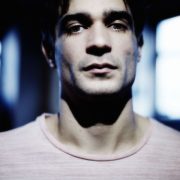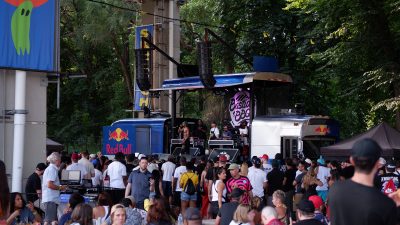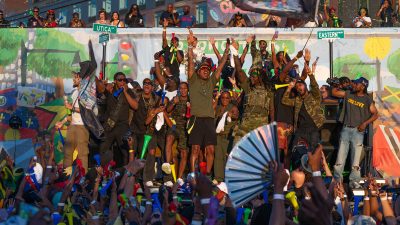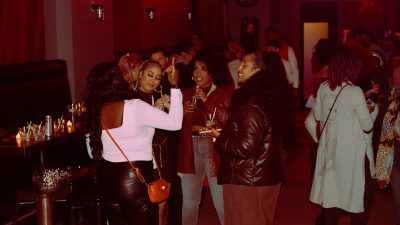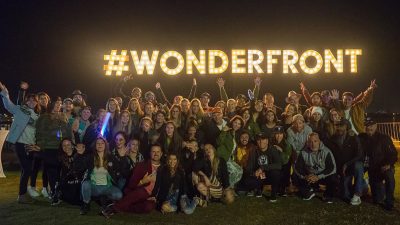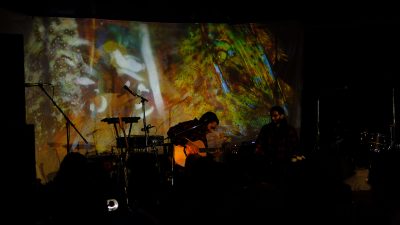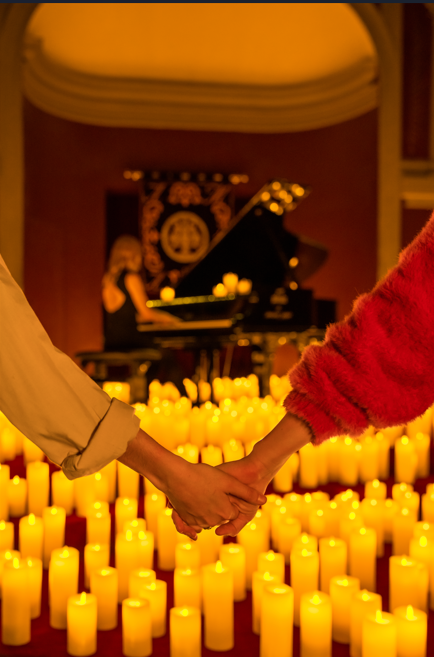Beat Making Lab: making music accessible in hot corners of the world
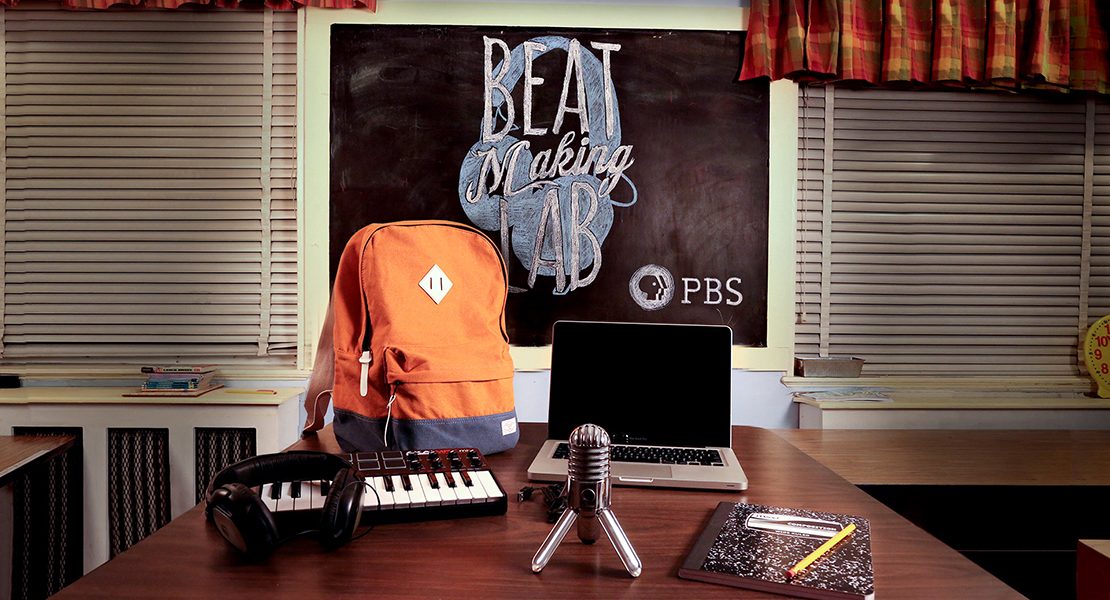
by Ange Joachimowicz
Art meets community best describes music producers Stephen Levitin also known as Apple Juice Kid and Professor Pierce Freelon’s current web series the Beat Making Lab. Creating a universal platform through Hip Hop and Electronic Music they explore musical melodies that transcend through culture and community.
Levitin and Freelon teach a beat making lab at the University of North Carolina but it is their decision to take their curriculum across continents that has created an inspirational web series backed by PBS Digital. The team is traveling with nothing other than a backpack to destinations such as Congo, Panama, and Goma where they provide local youth with the tools to create their own beats.
So how do they provide this beat making experience? First, they unpack the backpack, then start the cipher, the rest consists of good vibes and interactive participation between producer, viewer and, above all, the youth. Something valuable to note, the same pack is used whether they are recording with the students or with one of the biggest artists.
Throughout the first season the duo visits a few different countries, meeting interesting people along the way while collecting stories to add to the deep roots of what they are creating. During a visit to Panama, they meet with Professor Angel a fellow beat maker and DJ currently running a beat making lab in prison. His personal journey is shocking, the outcome RAM – also known as Rehabilitacion a Traves de la Musica, translation Rehabilitation Through Music. A space Professor Angel has been able to create for himself and other inmates as a form of therapy, stating “music is an amazing medicine for the soul and the spirit.” The Panama prison beat making lab parallels the other in impact and importance.
Another episode guides the viewers through the creative process Levitin and Freelon explore with each individual interaction. A young musician, Martin, who specializes in the accordion, allows them to lay down some tracks and create a beat challenge posting samples viewers can mash up. Exploring the sound of Trap a mix of Hip Hop and Electronica, we see first hand the talent behind both pros as their two unique sounds come to surface. In a similar way throughout the series they explore with many different sounds some native to the country of destination and others appropriated through pop culture to create the beats of choice.
When asked about the origin of the project Levitin takes it all back to Mark Katz: “I am a producer and musician, and did a guest lecture at UNC-Chapel Hill in a class taught by Mark Katz. I approached him about doing a full class about music production, and we immediately had synergy around beat making education in the university. We developed the curriculum into a very popular class in the music department in 2011. Pierce joined the class to teach, and we brought this class into the community, first at a vibrant arts center, Yole Africa in the DR Congo” and now with the assistance of PBS they are making history.
The project was initially funded through an Indiegogo campaign and grant support from UNC but at the present time PBS funds all international labs. They have also partnered with Global Giving to accept donations, and with ReverbNation as one of their recipients of a really great initiative called Music for Good where 50% of song downloads get donated to the program. GOOD.is, the social network for good, was a major part in their intital sponsorship. Starting off with the Congo beat making lab, they contacted the co-founder Casey Caplowe. Within 6 hours of being posted on GOOD.is, PBS got involved and is now their home on youtube.
The Beat Making Lab has provided not only a creative outlet for youth, but has also allowed many to participate in additional opportunities that would otherwise not be possible. Most students start out with very little experience, if none at all but Levitin and Freelon made the program easy enough that anyone interested can participate and fully develop the necessary skills creating their very own. Once the program is completed, the community is left with a new music arts program as well as a space for youth to express themselves.
Each country provided an insight, Levitin describes Goma as “The amazing arts center Yole Africa is, among the chaos that exists in Goma from natural disaster to war. The other most surprising thing is the level of thrift store fashion that is in Goma, as well as the huge breakdancing scene.”
Throughout Season 1, the viewers are immersed in the process of creating beats as well as the production side of the project. Wrapping up their first season, the duo is already preparing for their second where they hope to reach countries such as Brazil, China, India, Iran, and Indonesia.



